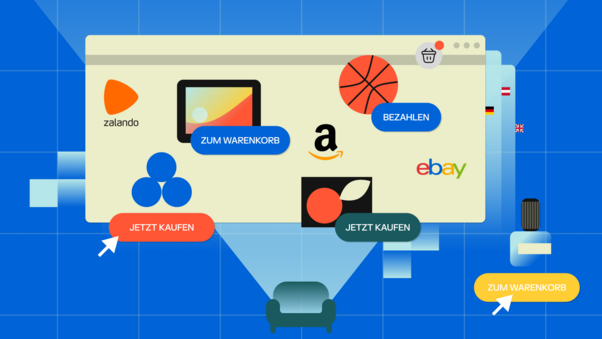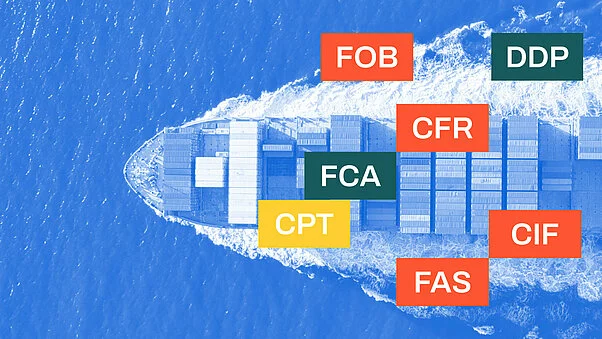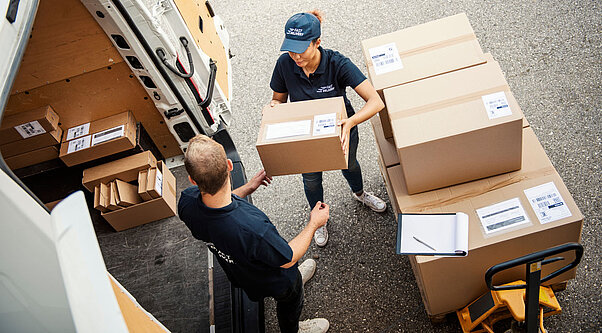The Most Important Fulfillment Trends of 2025: Innovations Redefining E-Commerce

The world of fulfillment is undergoing change. Technological advancements, shifting customer needs, and increasing pressure for sustainability are driving the logistics industry forward. Here are the ten most important fulfillment trends in 2025 and beyond!
1. Hyperlocal Fulfillment Centers – The City Depots of the Future

Imagine your package is already waiting just around the corner – before you’ve even placed the order! That’s the vision behind hyperlocal fulfillment centers. These small, highly automated storage spaces located in the heart of urban areas are the answer to the growing demand for same-day or even two-hour delivery. More and more companies are realizing: the last mile is the most expensive, slowest, and most environmentally damaging part of the supply chain. That’s exactly where micro-hubs come in.
Unlike large centralized warehouses on the outskirts of cities or in rural areas, “hyperlocal” depots are much closer to customers – often even set up in vacant retail spaces, parking garages, or container modules. What makes them special is their digital and automated structure: smart shelving, autonomous transport systems, and cloud-based inventory management ensure that every order is within quick reach.
But this fulfillment trend is about more than just speed: these centers reduce traffic congestion and emissions while enabling flexible delivery by e-bike, drone, or on foot. For urban supply chains, this is a gamechanger – especially as cities increasingly restrict delivery vehicles or establish zero-emission zones.
Tech giants like Amazon and Zalando are already experimenting with these solutions. Anyone who still wants to be relevant in e-commerce in 2025 can hardly avoid hyperlocal fulfillment – because proximity is becoming a competitive advantage.
2. Smart Automation – When AI and Robots Take Over the Warehouse
In modern fulfillment centers, it’s no longer humans calling the shots – but machines that not only think, but think ahead. The combination of artificial intelligence and robotics is the key to the future of logistics. Robotic arms sort goods at lightning speed, autonomous transport systems zip through warehouses like ants in overdrive, all orchestrated by algorithms that learn with every order.
What once sounded like science fiction is now everyday reality in logistics centers run by major players like Amazon or specialized providers like Locus Robotics and Covariant. But it’s about more than just speed. AI detects patterns, optimizes warehouse layouts in real time, and can even predict which products will be needed when and where. It decides whether an item should be picked now or stored elsewhere for later – all without human input.
For retailers and their brands, this means one thing above all: efficiency on a level that simply can’t be achieved manually! Orders are processed faster, routine errors are drastically reduced, and operating costs often drop significantly thanks to automation. At the same time, the system can scale flexibly – whether for seasonal peaks or unexpected campaigns.
That’s why smart automation isn’t just a trend in fulfillment, but a basic requirement for staying competitive in a world where “right now” is no longer a wish – it’s the norm.
3. Zero-Touch Fulfillment – Fulfillment With No Hands Involved
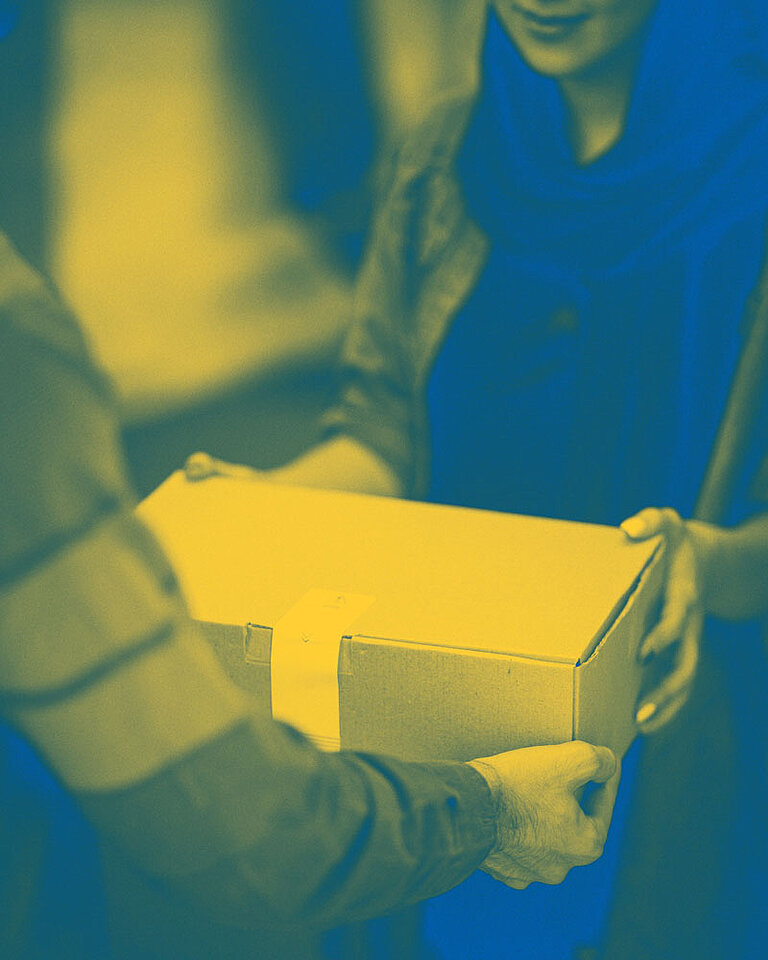
Welcome to a world where no human hand ever needs to touch a package again. Zero-touch fulfillment is the next evolutionary step in automation – and a major leap forward in efficiency, speed, and scalability. Everything runs fully automatically here: from goods receipt to storage, picking, packing, and shipping. Human intervention? At most for system maintenance – or for watching in awe.
This is made possible by a perfect symbiosis of robotics, sensors, AI, and cloud-based control. Intelligent storage systems (like those from AutoStore or Exotec) retrieve products from high racks, while robotic arms sort and package them. Camera systems and weight sensors check each parcel for errors. The software always knows exactly what is where – and what’s needed next. Best of all: everything runs 24/7, error-free, and scalable.
Zero-touch fulfillment is especially exciting for DTC brands and fast-growing e-commerce companies. Why? Because to offer lightning-fast deliveries, you no longer need to hire more staff or build massive warehouses. Instead, a lean, connected system is enough to process orders at record speed – with zero human chaos.
Especially in times of labor shortages and rising personnel costs, this kind of “touchless” fulfillment becomes a strategic advantage. The future of shipping isn’t just fast – it’s hands-free!
4. Self-Service Fulfillment – Pro-Level Shipping for Small Brands
Fulfillment used to be something only the big players could afford: Amazon, Zalando, Walmart – if you didn’t have your own warehouse or a 3PL contract, you had to make do somehow. But that’s changing fast. With the rise of “send it yourself” platforms, small shops, startups, and creator brands now have access to professional logistics – all with just a few clicks.
The concept is simple, practical, and something we know from experience: our self-shipping service, for example, offers a central platform where sellers can digitally manage their orders, inventory, shipping processes, and even returns. No extra warehouse, no additional staff, and no need for technical know-how! Currently, our Send it yourself service is available in selected countries.
Instead of complex contracts, you get intuitive dashboards, integrations with popular shop systems, and transparent pricing – all based on the self-service model. This upgrade in logistics lets merchants move faster, go further, and stay more relaxed – even with a small team or without big logistics experience. At the same time, brands and their customers benefit from great shipping rates and automated tracking – just like with Amazon & Co.
This fulfillment trend remains highly relevant, because it democratizes e-commerce! It’s the difference between running a hobby shop and scaling a business – giving small brands the tools they need to deliver big.
5. Predictive Fulfillment – When Your Warehouse Knows What’s Coming Tomorrow
Imagine your fulfillment system knows what will be ordered next week – before your customer even clicks the “buy” button. Sounds crazy? But that’s exactly the goal of predictive fulfillment. With the help of artificial intelligence and smart data analysis, fulfillment is shifting from a reactive to a proactive discipline – and that changes everything!
At the core is AI forecasting: algorithms analyze vast amounts of data – from past purchasing behavior to seasonal fluctuations, weather forecasts, events, and social media trends. From this, the software calculates when and where certain products will be needed, and in what quantities. Inventory adjusts automatically in real time. This way, bestsellers are stocked at the right locations early, while slow movers aren’t relocated unnecessarily in the first place.
For retailers, this means fewer out-of-stock messages, fewer excess inventories – and significantly more efficient shipping processes. It gets even more exciting when this system is combined with hyperlocal warehouses (see Fulfillment Trend #1). Products can then be delivered at lightning speed right where demand is highest.
Companies like Shopify are already using this kind of anticipatory shipping, strategically placing products near customers before an order even comes in. Those who master this technology won’t just be faster – they’ll simply be more cost-effective and more successful than the competition.
In a world where “right away” has become the norm, predictive fulfillment isn’t just an advantage – it’s a necessity!
6. Adaptive Packaging Systems – When the Box Gets Smart
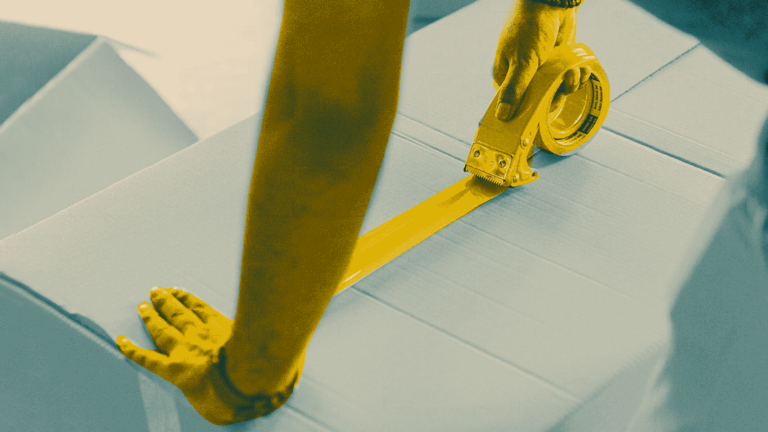
Packaging used to be just a means to an end – today, it’s a key factor for efficiency, sustainability, and the customer experience (#unboxing)! With adaptive packaging systems, this seemingly simple process becomes a high-tech component of fulfillment. We’re talking about machines and software that calculate and produce the optimal packaging for each order in real time – individually, resource-efficient, and perfectly fitted.
Instead of standard boxes and excess filler, only what’s truly needed is used – no more, no less. Systems like those from Packsize or Sparck Technologies cut packaging to the exact millimeter, often even CO₂-neutral. This saves volume, reduces shipping costs, protects the environment – and looks professional.
But adaptive packaging goes even further: it factors in product data (like fragility, weight, or destination), suggests recyclable alternatives, or combines multiple items efficiently into one box. And for customers, it means less waste, less frustration, and more wow when unboxing!
For brands that take sustainability seriously or want to reduce return rates, smart packaging is an invisible but powerful lever. In a time when logistics is often trimmed for efficiency, adaptive packaging relies on intelligence – and that pays off in more ways than one.
7. Virtual Warehouses – When Your Warehouse Gets a Digital Copy
With all these fulfillment trends, it's no longer enough to simply manage the status quo – smart companies are now simulating their logistics for optimization. Digital twins, meaning virtual 1:1 replicas of real-world warehouses, are becoming the strategic control center for planning, optimization, and growth. This technology combines data streams from sensors, machines, systems, and staff into a dynamic model – one that shows, in real time, how your warehouse operates and how it could operate better.
In the digital warehouse, the invisible becomes visible: where are process bottlenecks? Which picking routes waste time? What configuration of staff, robots, and shelves delivers optimal output? Here, decisions are based on real-time data – not gut feeling. And the best part: every change can be tested virtually first, without any risk.
Companies like DHL – and our own proprietary Connector – are already using digital data to optimize routes, better plan for seasonal peaks, integrate new technologies without risk, or analyze warehouse layouts in seconds. The benefit is clear: companies that truly understand their warehouse processes save time and money, and can deploy innovation precisely where it has the most impact. So, the “digital twin” isn’t just another fulfillment trend – it’s a real power tool for data-driven logistics!
8. Delivery Heroes On Demand – Crowdsourced Fulfillment
When a bike courier who just delivered sushi drops off your package – you’re right in the middle of crowdsourced fulfillment. These delivery models use flexible networks of freelance drivers, local courier units, or even neighbors with transport capacity to get packages to customers faster and more affordably. What’s long been standard in food delivery is now rolling into e-commerce logistics.
The trick? Delivery is decentralized and organized dynamically. Instead of relying on fixed routes and fleets, platforms like Stuart, Uber Direct, or Pickery assign jobs in real time to available drivers. Especially in urban areas, for same-day deliveries, or during peak times like Black Friday or the holiday rush – this is pure gold!
Even major players are testing the model: Amazon Flex sends private individuals on delivery routes, and Zalando is experimenting with local courier services for same-day drop-offs. Even rural areas benefit by activating local resources that traditional carriers often skip – through so-called “last-mile communities,” for example.
Beyond speed and flexibility, this model scores on sustainability too: smaller vehicles, shorter routes, and smart route planning reduce emissions. At the same time, a delivery network emerges that can adjust practically in real time to match demand and availability.
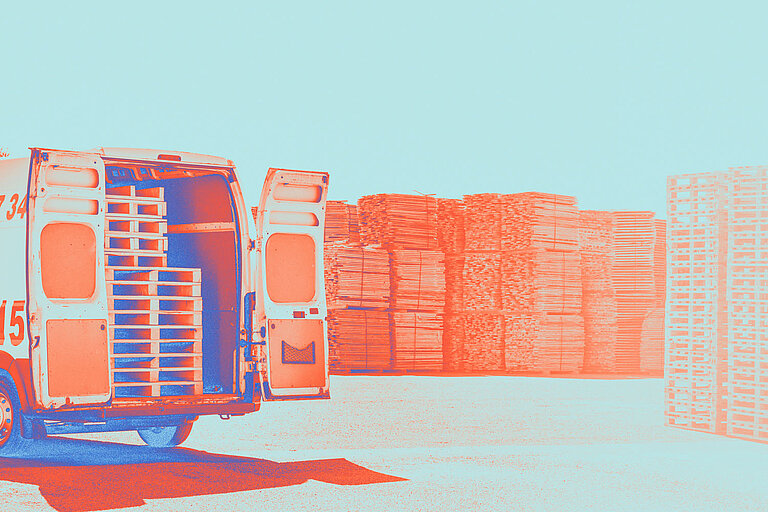
9. On-Demand Production — On-Demand Fulfillment
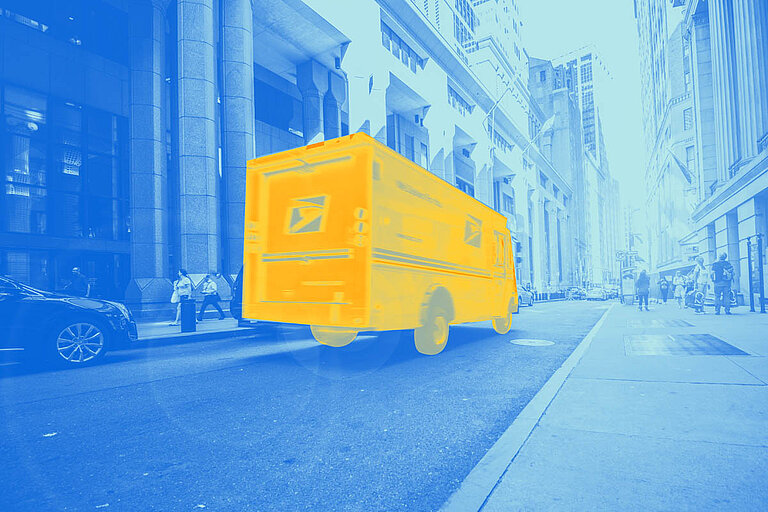
Why store products when you can make them? And exactly when they’re needed: on-demand manufacturing makes this possible and brings fresh momentum to traditional fulfillment structures. Instead of shelves full of products that may never sell, 3D printers, laser cutters, or modular production units are ready to produce items only once an order is placed.
This not only saves on storage costs but fundamentally reshapes the entire business model. Providers like Printful or Gelato produce T-shirts, posters, or accessories individually and just in time. Xometry or Formlabs supply industrial components and spare parts on demand – custom-made, need-based, and globally distributed. Fulfillment merges with manufacturing here, creating an agile and sustainable system that makes perfect sense, especially when demand is unpredictable.
This model is especially appealing for niche providers, DTC brands, or manufacturers offering customizable products. Personalized items, small batch sizes, or locally made one-offs can be executed efficiently. And from a sustainability standpoint, it also shines: no overproduction, less transport, and minimal packaging waste.
10. Instant Fulfillment – Pick It Up or Drop It In?
The lines between online shopping and instant availability are blurring. More and more retailers are turning to instant fulfillment – delivery and pickup systems where customers don’t wait days or hours for their order, but just minutes! Sounds wild, but two technologies are already making this a reality – at least in highly urban and well-connected areas: smart lockers and drone delivery.
Smart lockers – pickup stations at train stations, supermarkets, or residential complexes – already work seamlessly. The major benefit? Packages no longer need to be delivered to the door – customers simply pick them up when it suits them. This saves time, avoids failed deliveries, and reduces delivery traffic in city centers. Providers like Amazon Hub or DHL Packstation are already part of everyday life.
Drones, meanwhile, are still at an early stage – but they’re coming. Projects like Amazon Prime Air, Wing (by Alphabet), or smaller European startups show just how fast and precise airborne deliveries can be. Especially in hard-to-reach areas or for urgent orders (like medication or spare parts), this makes real sense.
What both concepts have in common: they bring products closer to the customer – often to places traditional carriers can’t reach (at least not quickly). And they represent a shift in how we think about fulfillment: instant and self-determined.
The logistics world is changing fast – what was standard yesterday might already be outdated tomorrow. At Quivo, we’re always thinking one step ahead when it comes to fulfillment: flexible, data-driven, and human-centric. For us, one thing is clear – standing still is not an option.
- Want to know what modern fulfillment solutions could look like for your business? Just reach out – no strings attached.
Sources
Page: 5 Key Trends Shaping the Future of Ecommerce Fulfillment
URL: supplychain.amazon.com
Page: Amazon’s Robot Revolution Is Just Beginning
URL: wired.com
Page: Amazon Launches Supply Chain: Monetizing Infrastructure for Sellers
URL: investopedia.com
Page: Digital Twins in Logistics: Simulate, Optimize, Transform
URL: siemens.com
Page: Smart Packaging Solutions for Sustainable Fulfillment
URL: packsize.com
Page: The Future of Fulfillment: API-Driven Logistics
URL: flexport.com
Page: How On-Demand Production is Changing E-Commerce
URL: printful.com
Page: Delivering by Drone: The Future of Last-Mile Logistics
URL: wing.com
Page: Amazon Hub: Locker & Counter Pickup
URL: amazon.com
Page: DHL Packstation: Simple, Contactless, Available Anytime
URL: dhl.de
Pictures: Canva, Pixabay, Quivo © 2025




